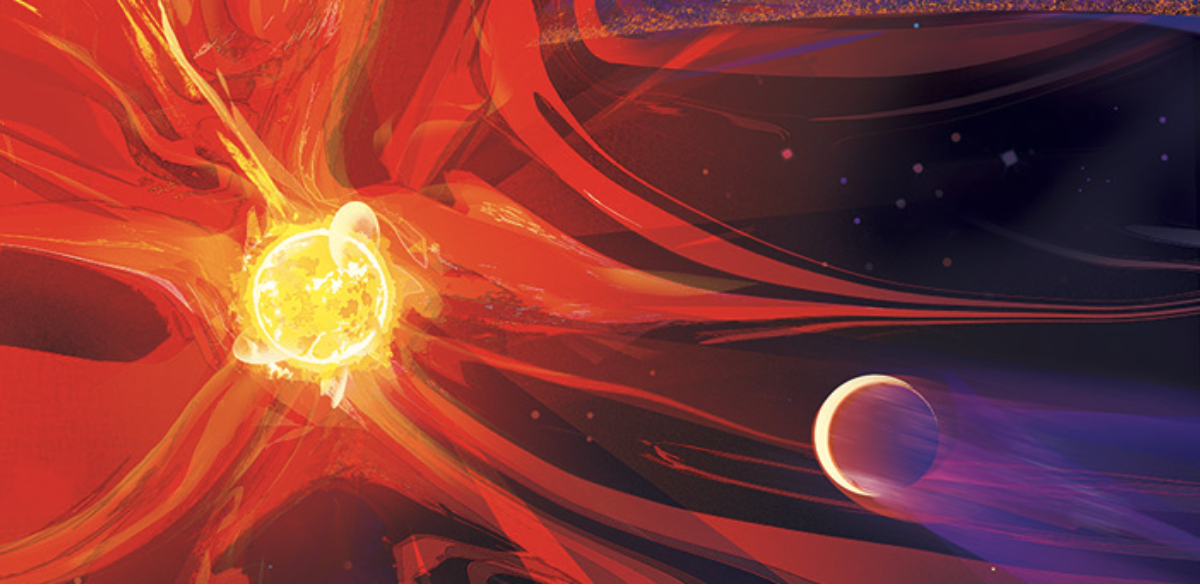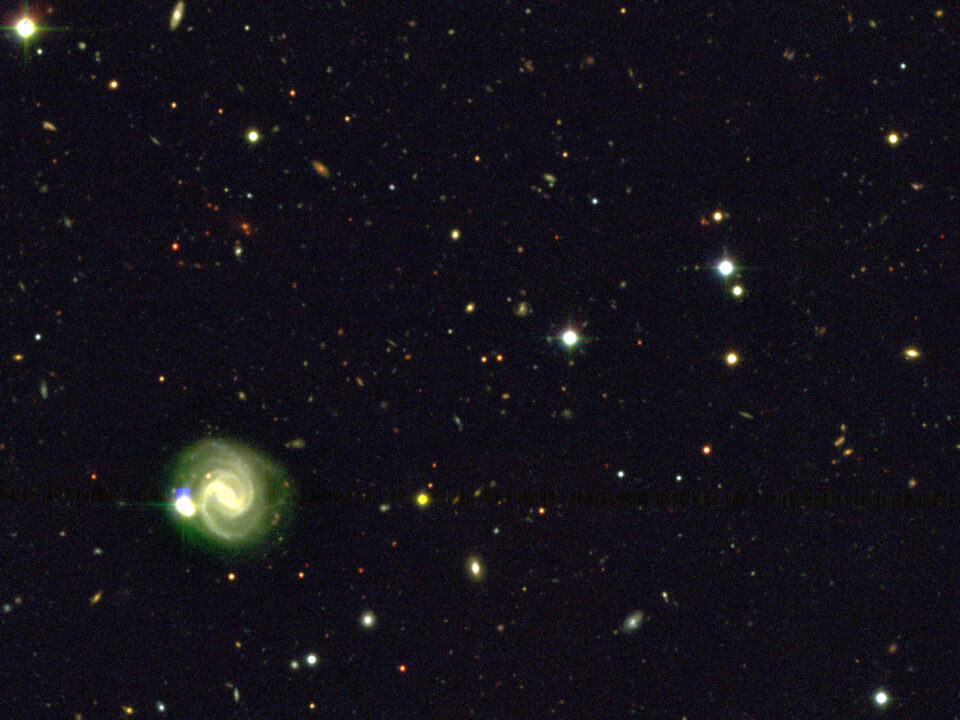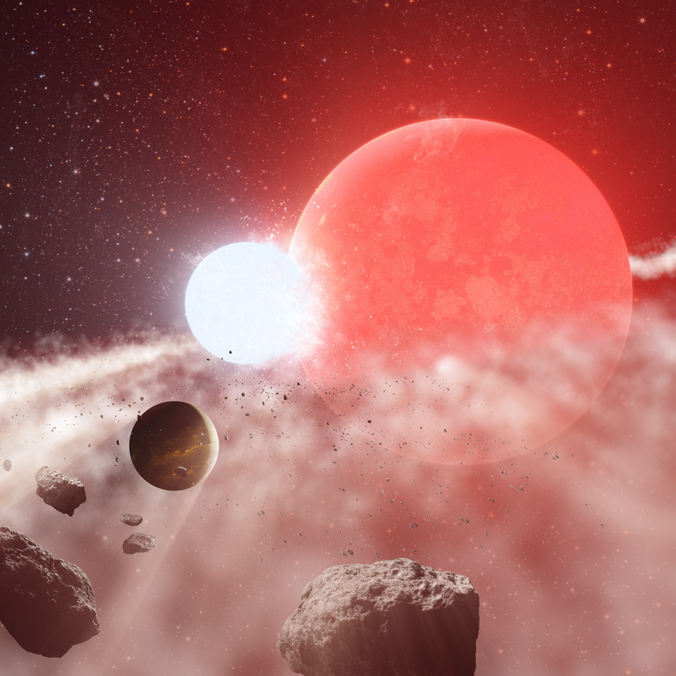CFHT Stares at a Young Rebel: the AU Mic Planetary System

The Earliest Supermassive Black Hole and Quasar in the Universe
February 10, 2021
Farfarout is Indeed Far, Far Out
March 1, 2021An international team of astronomers used the capabilities of SPIRou on the Canada-France-Hawaii Telescope on Maunakea to measure the mass and density of a Neptune-like planet orbiting very close to the newborn, and highly active star AU Microscopii. Their analysis also shows that this warm planet orbits in the equatorial plane of the host star. This hints that the process leading to its formation may have been similar to that of our solar system, whose planets also orbit in the equatorial plane of the Sun.
Read more in the CFHT press release.




